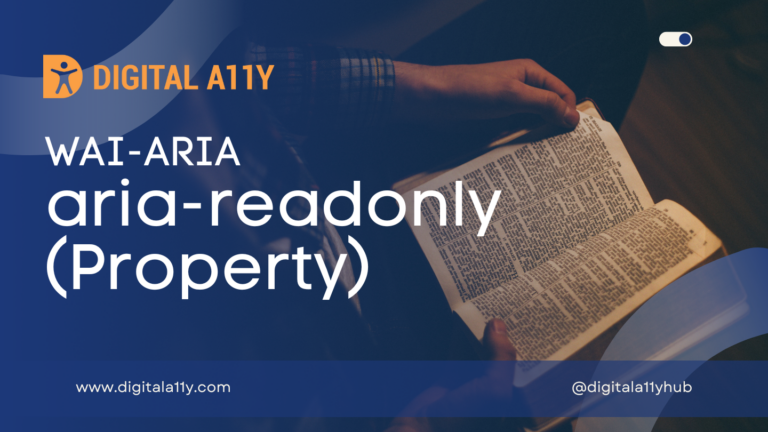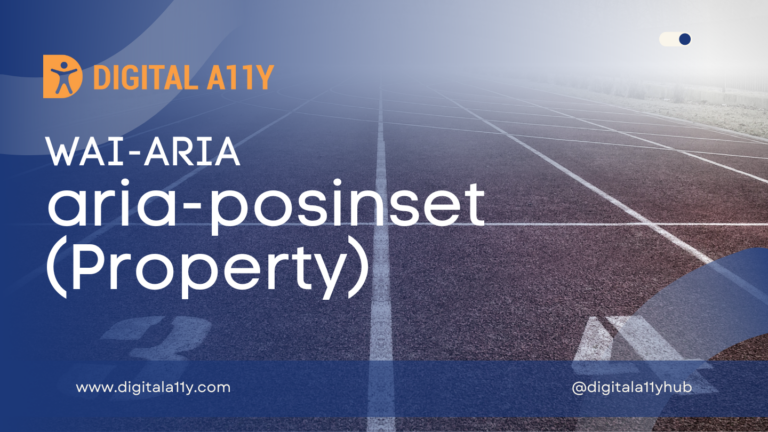WAI-ARIA: aria-readonly (Property)
Description Indicates that the element is not editable, but is otherwise operable. See related aria-disabled. This means the user can read but not set the value of the widget. Readonly elements are relevant to the user, and application authors SHOULD NOT restrict navigation to the element or its focusable descendants. Other actions such as copying…





